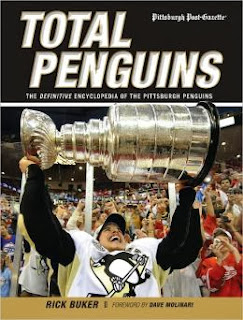It’s Halloween! If you’re planning a family-friendly spookathon, here’s our top movie recommendations:
- Hocus Pocus (1993)
Salem, Massachusetts is still remembered as the historical site of the infamous witch trials of 1692. To this day, Salem makes use of that well-known history, as reflected in tourism and the local décor – especially come Halloween.
The town not only serves as the setting for the film Hocus Pocus, but also as the premise. The story starts three centuries earlier, when a trio of witchy sisters are facing execution (they may have tried to steal the lives of village children in order to reclaim their own youth). The sisters are beaten but not truly defeated – the eldest Sanderson sister vows that she and her sisters will be back.
Fast forward three hundred years. Teenaged Max and his sister, Dani, have just relocated to Salem from their hometown of L.A. It's Max's idea to break into the old Sanderson house, which has since been turned into a local museum. (As a new kid, Max has it in his head to impress Allison.) It’s hard enough to get used to a new town without accidentally bringing three witches back from the dead on Halloween night, but, well, sometimes these things just happen.
The Sanderson sisters – played by Bette Midler, Kathy Najimy, and Sarah Jessica Parker – are the inarguable stars of the show, trying to navigate through a modern world as they race to find a way to extend their magical stay past sunrise. They are, of course, the baddies, but they’re so deliciously fun and funny that it’s almost hard not to root for them.
Well. Almost.
There's even a song-and-dance number. It's just a great film.
-- Request Hocus Pocus from the Catalog
- The Nightmare Before Christmas (1993)
Jack Skellington is the King of Halloweentown – “Halloweentown” being one of several magical worlds that are in charge of running the holiday seasons. As the Pumpkin King, Jack’s in charge of the yearly Halloween festivities, but he’s beginning to feel a bit fed up by the daily grind. Sure, he’s great at his job – but he’s tired of being all about the scares. Isn’t there more to life than that?
So imagine his surprise when he’s sucked into Christmasland, a place run by cheerful elves who spend their time making toys, cookies, and holiday cheer. It’s not at all like the ghoul-infested, scare-ridden world of Halloweentown, and Jack instantly falls in love with the lights, colors, and warmth. So much so that he makes a decision: he (and the rest of Halloweentown) are going to be in charge of Christmas this year. Surely Santa Claus could use a year off, anyway?
Of course, just because you enjoy doing something doesn’t mean you’re all that good at it. Jack’s plans for the Christmas season fail to work out as he’d intended, and it’s up to Santa Claus to save the day – though Jack, of course, always meant well. But it’s not all hopeless for Jack in the end, as he comes to some important conclusions about being true to oneself … and that, even if you fail at something, you can have a lot of fun trying!
This highly-unusual animated musical remains a perpetual favorite of mine. Based on an original story by Tim Burton, the film was animated via stop motion (creating sculpted puppets and photographing them a frame at a time). It’s also a true musical, with nearly a dozen songs propelling the story along. Best of all, if you miss seeing it in time for Halloween – it can double as a Christmas special.
-- Request The Nightmare Before Christmas on DVD from the Catalog
-- Request the Nightmare Before Christmas CD soundtrack from the Catalog
OTHER RECOMMENDATIONS:
- It’s the Great Pumpkin, Charlie Brown (1966)
- Halloween is Grinch Night (1977)
- Something Wicked This Way Comes (1983)
- The Witches (1990)
- The Halloween Tree (1993)
- Goosebumps: TV Series (1995-1998)
-- Post by Ms. B











































